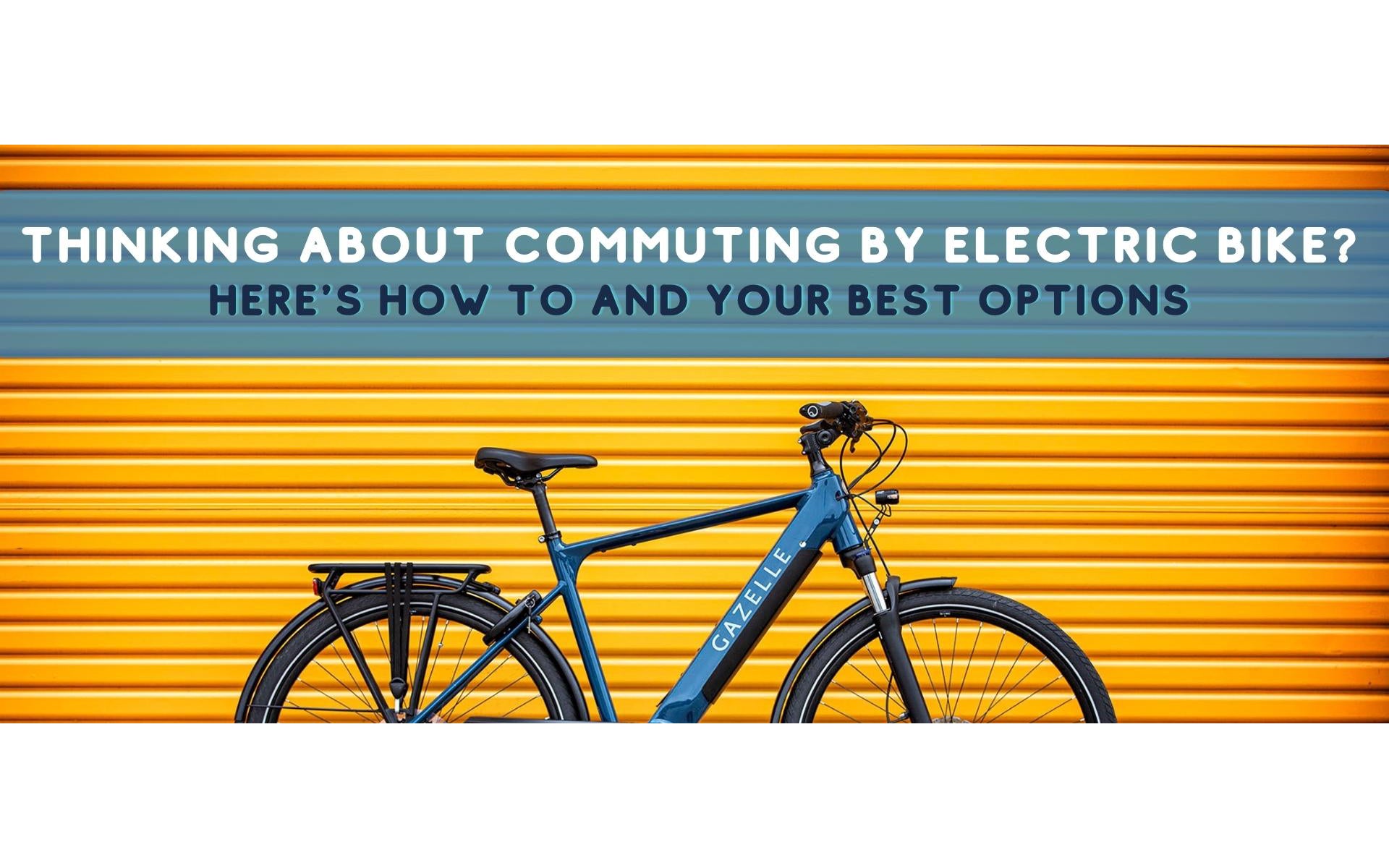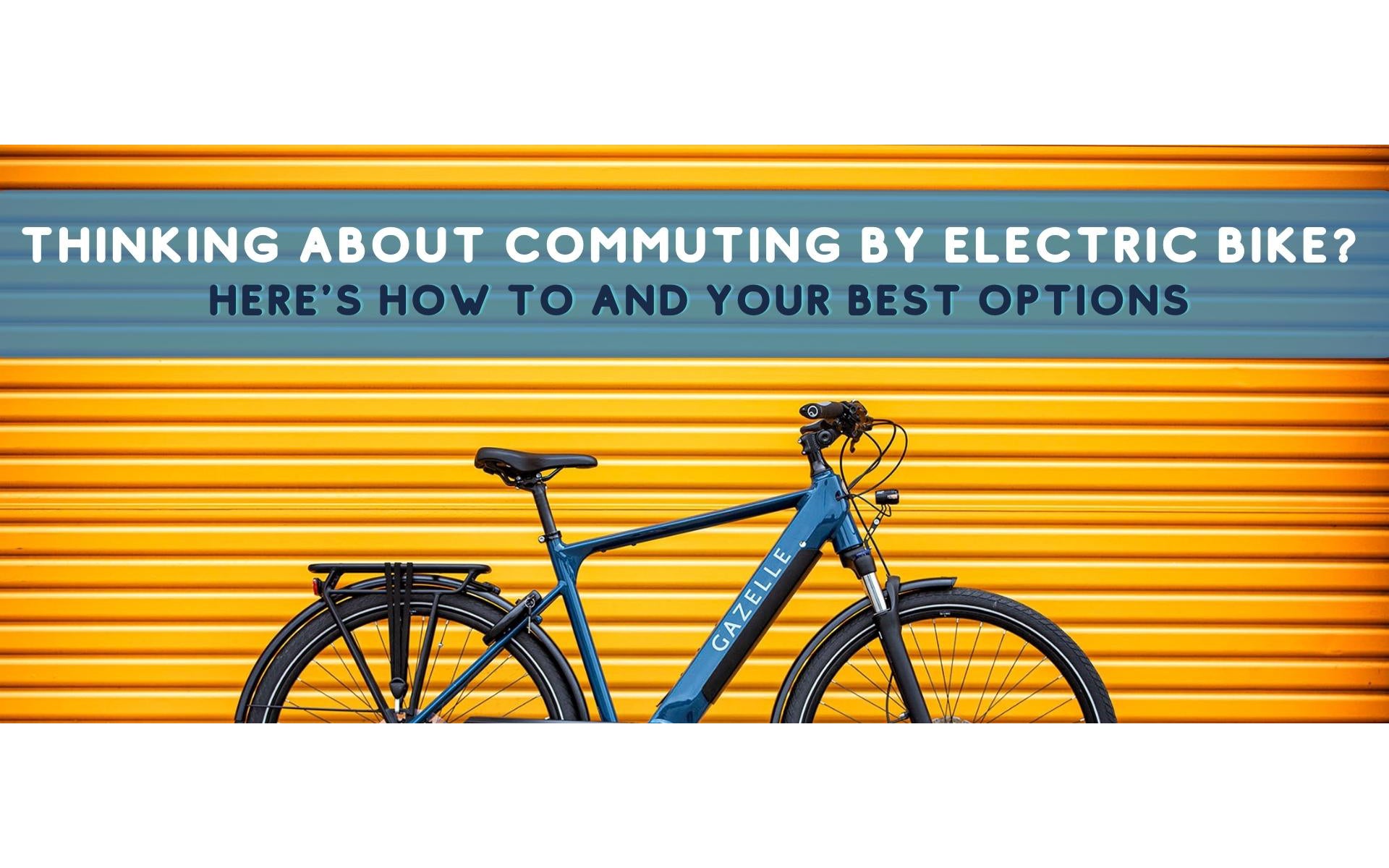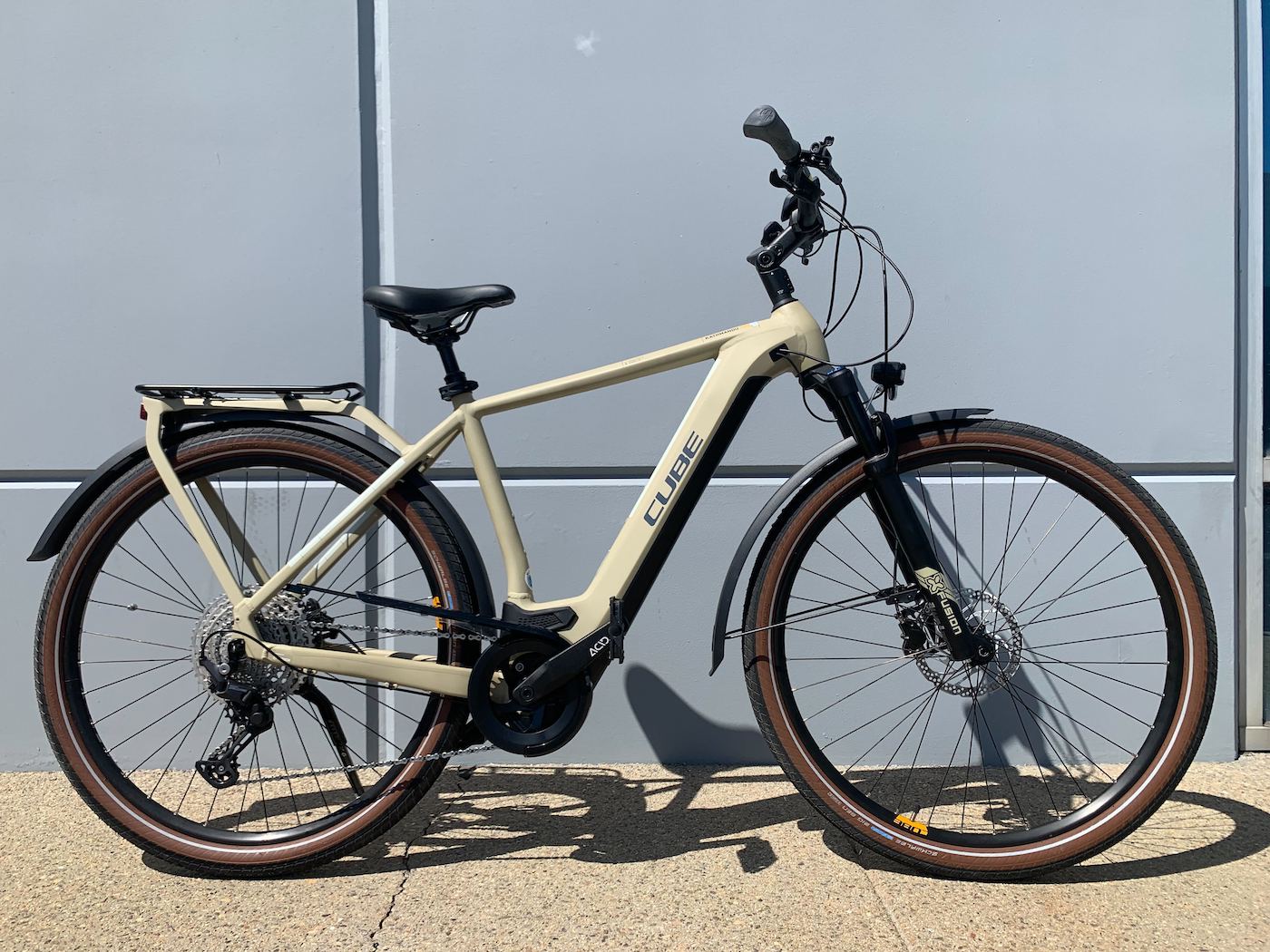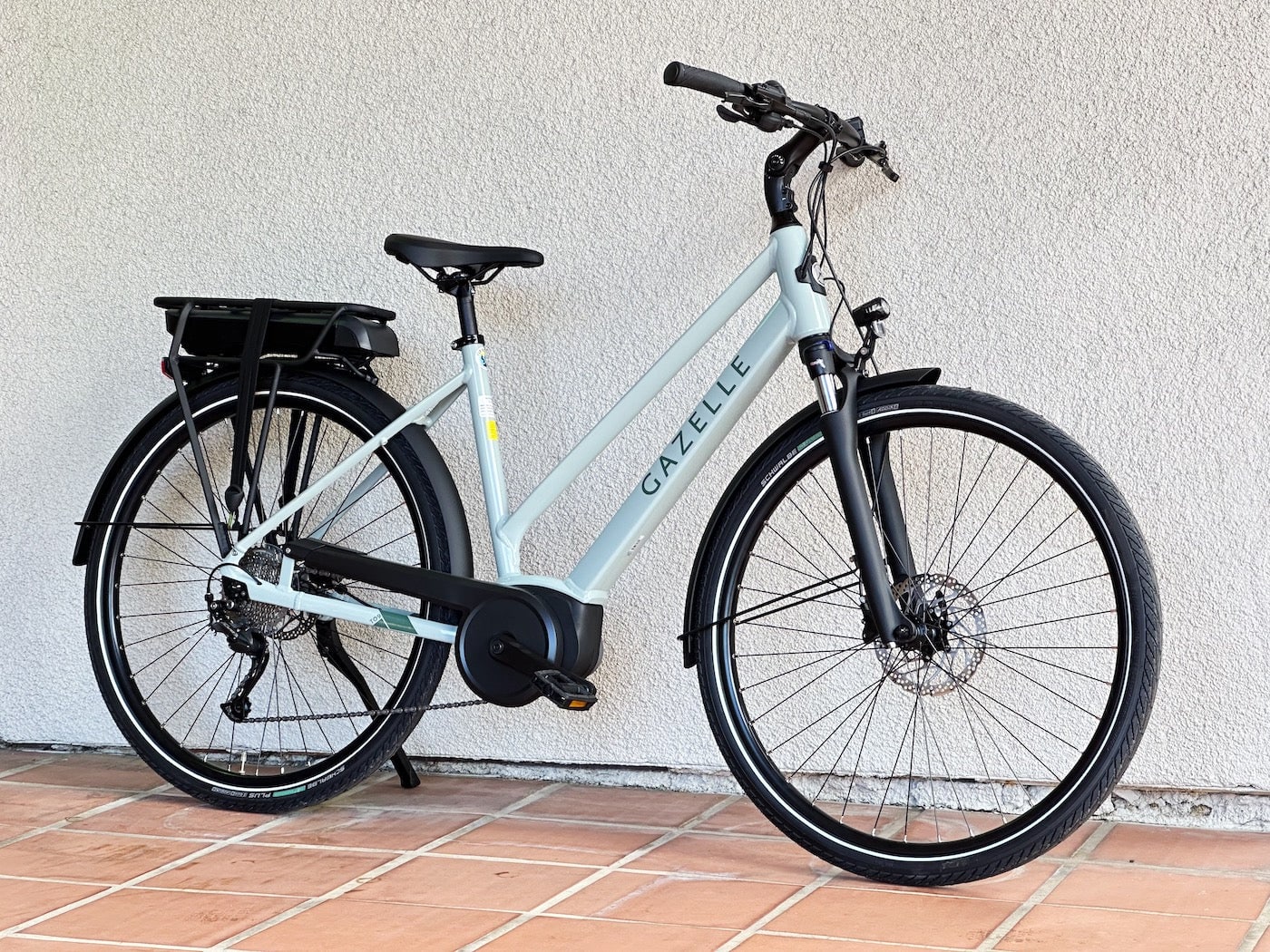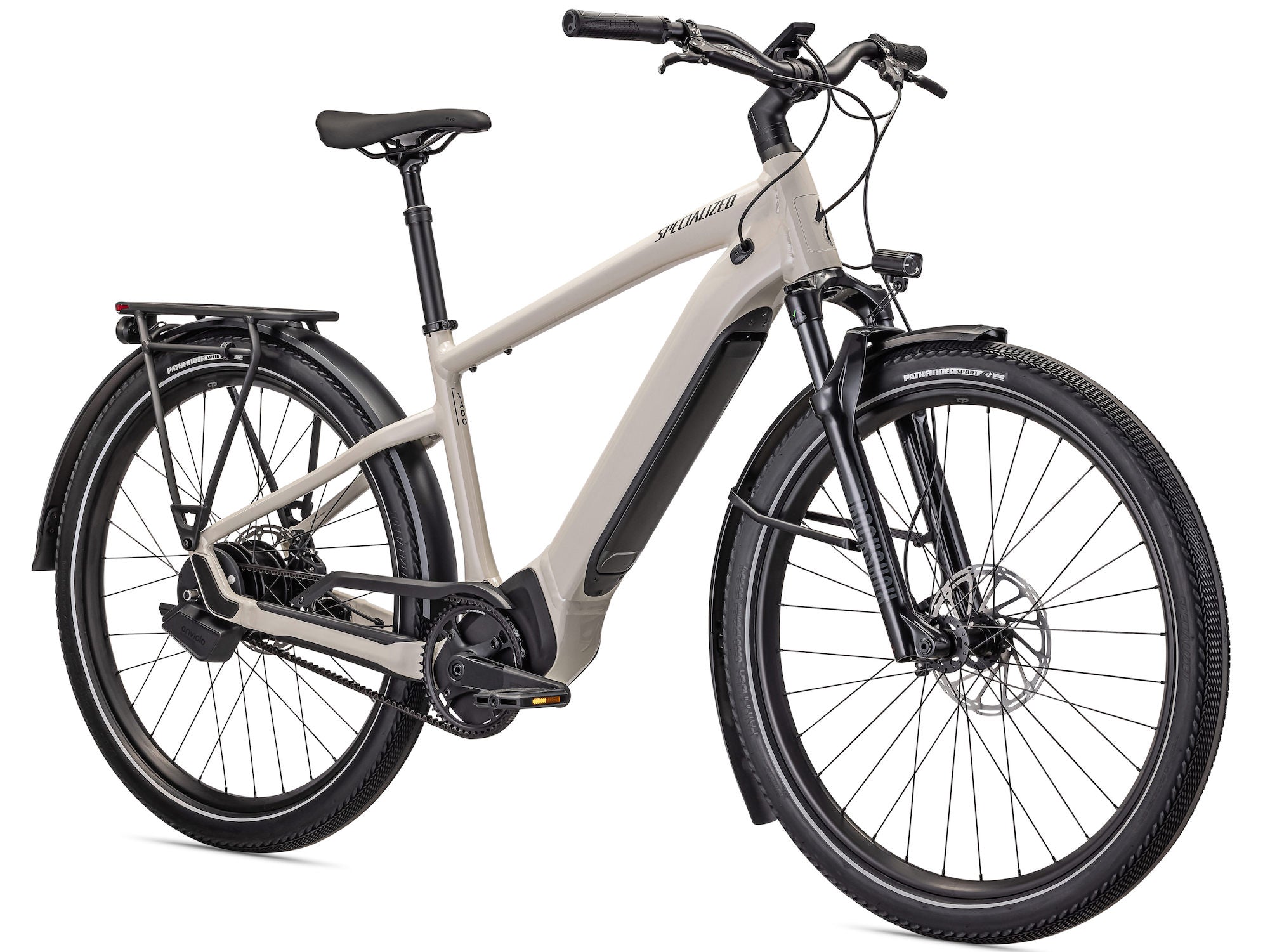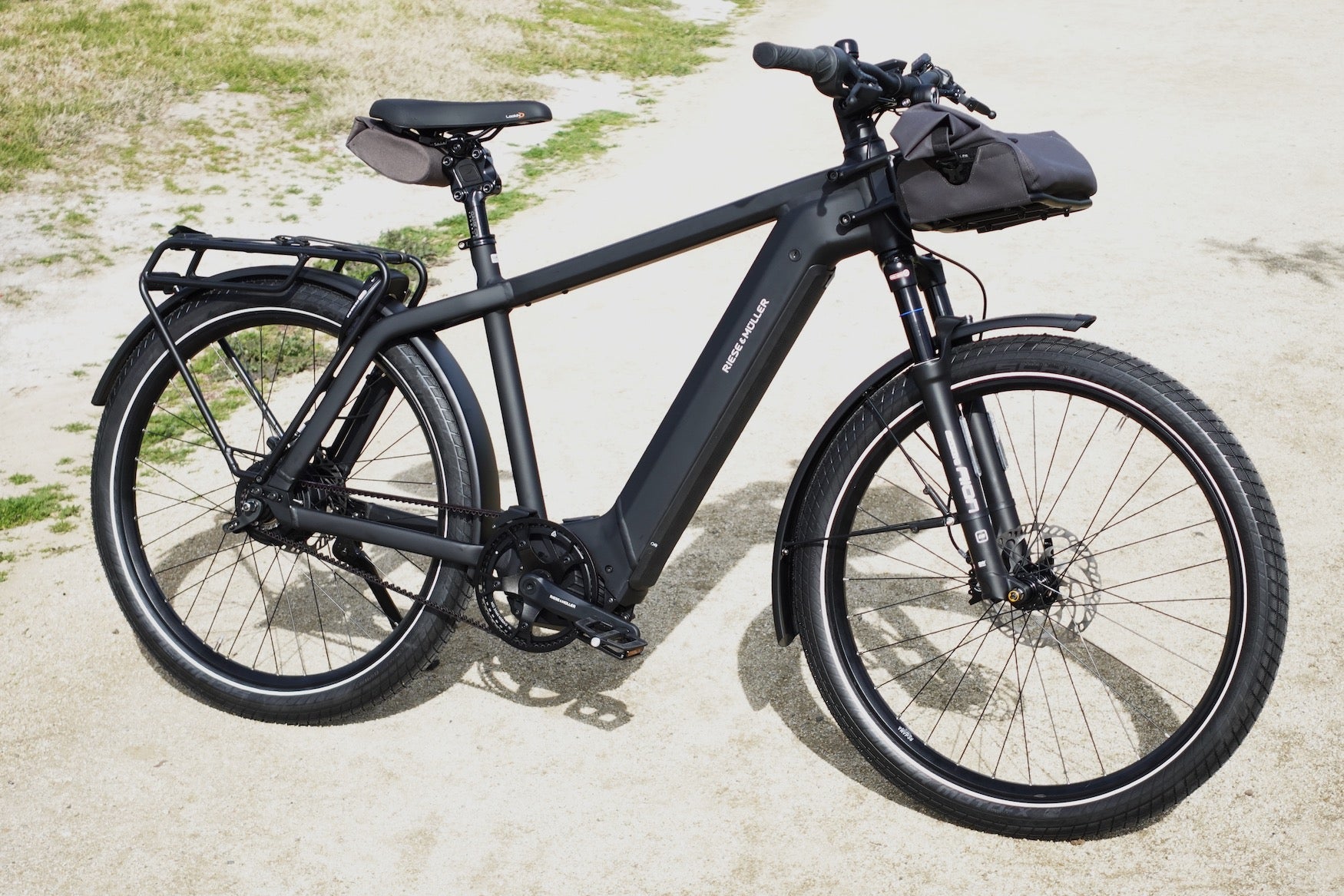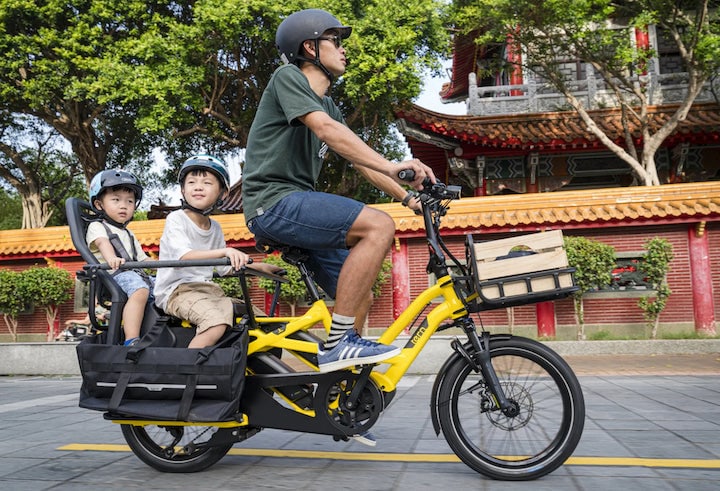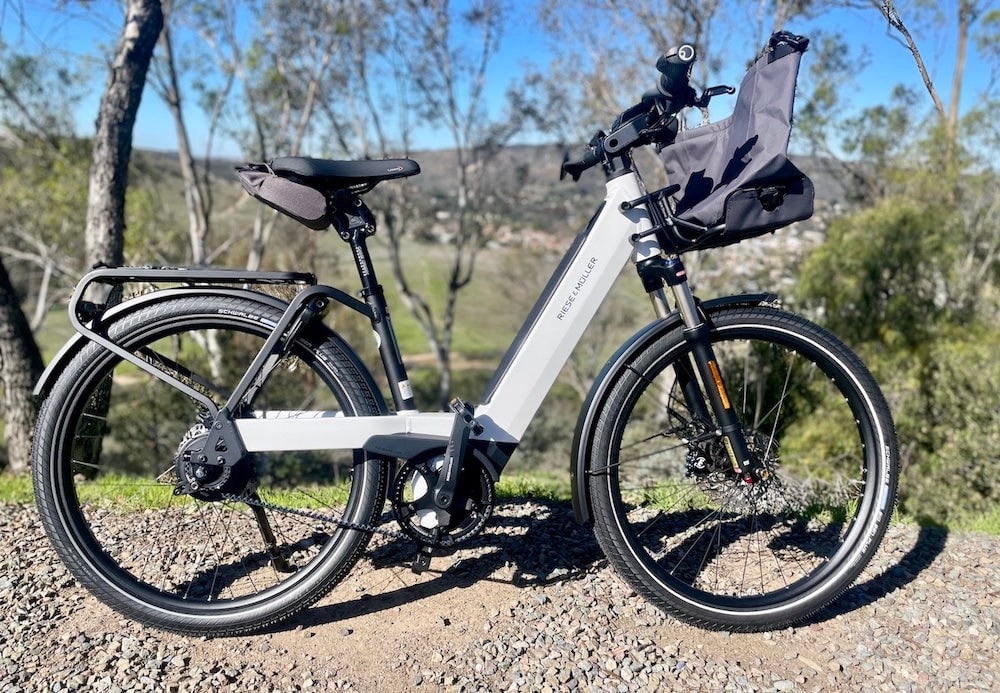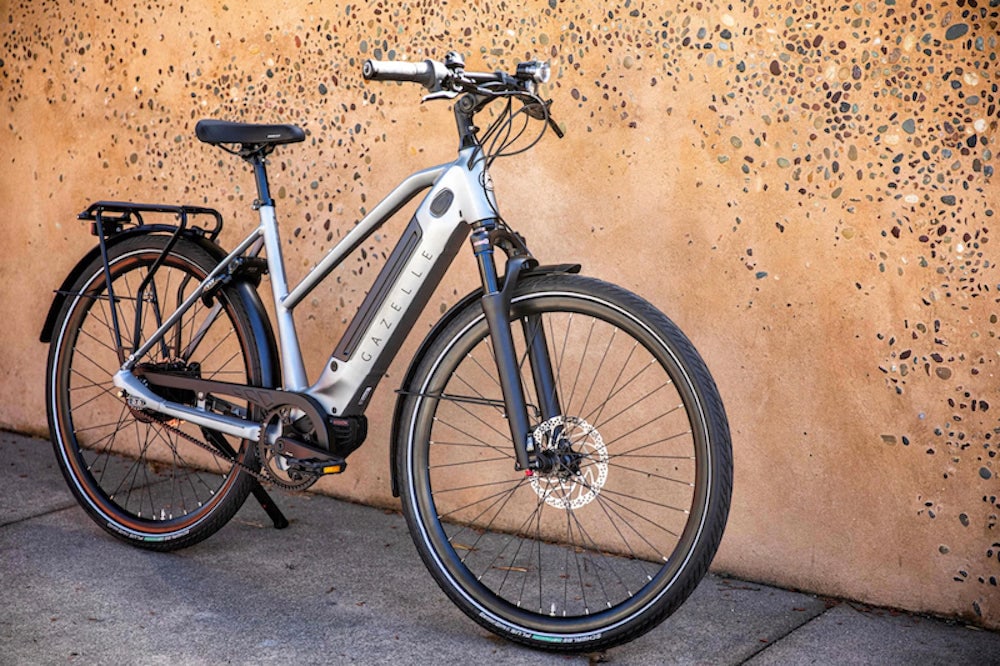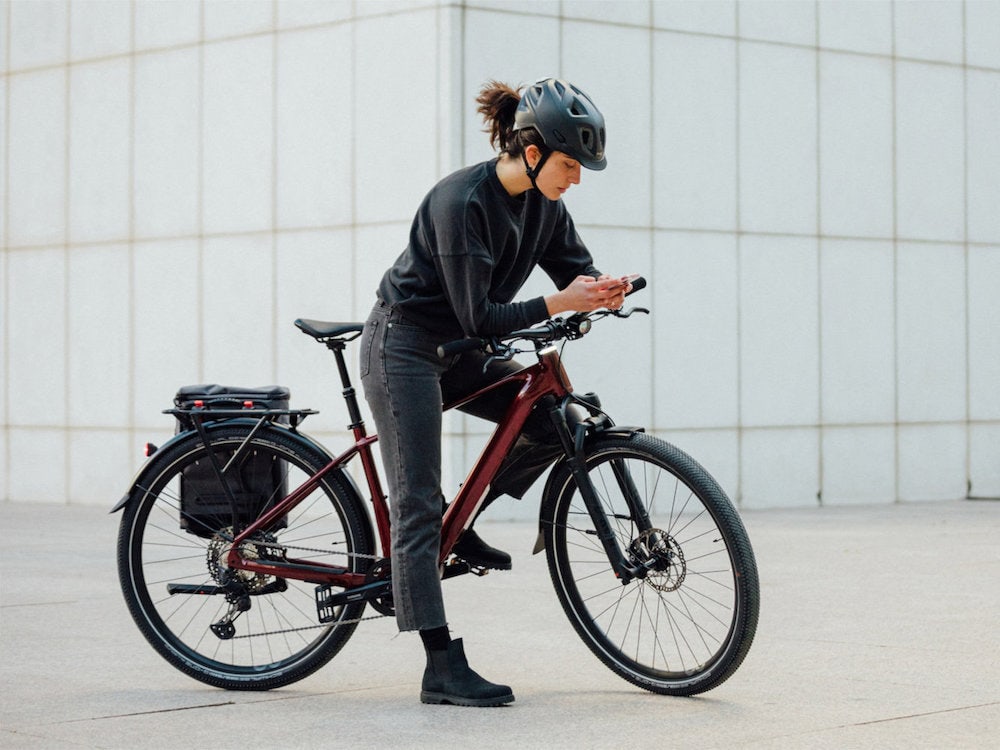Jump straight to our list of the best eBikes for commuting>
Why you should consider ditching the car to commute by electric bike?
First off, it's just so much more fun! The daily grind of commuting day in day out via the car wears all of us down. It beats you up mentally, emotionally and physically, not to mention the financial burden of car maintenance, insurance and fuel.
We could wax poetic about how you're helping the environment, saving money and yes those are all true and there are plenty of articles that go over those benefits in detail but we want to put the focus on YOU!
If you've never commuted by an electric bike, we promise you will be amazed by the experience and we strongly encourage you to give it a go. If you're an old hat at the commuting game but now looking to explore electric bike commuting options, then you'll find this super helpful as well.
Click here to skip right to our Best Electric Bike Commuting options.
Here's some of our top tips for making it a successful experiment:
- Rent before you buy: Don't want to shell out a ton of money for something you're not certain about? Then rent an eBike from your local shop to try it out. We do this through our San Diego location and many other shops also provide this as a suitable option.
- Don't bite off more than you can chew: We're all guilty of getting stoked about something new and going all in. In this case, we'd recommend being reasonable so you don't get demoralized. Maybe just aim to commute one day a week to get started. We'd also recommend keeping your one way commute to less than 10 miles if you're a noob.
- Invest in quality: This is especially important when considering you're eBike as you want a build that is safe and reliable. But this also rings true for your clothing you'll commute in, your panniers (aka saddlebags), lighting, helmet. Depending upon where and what time of year you're commuting there are essential gear items that can either add to your experience or detract. Take it from us, invest in quality and you'll be much happier and more likely to commit to this new form of commuting.
The eBike world is now full of a plethora of brands and models and it can be quite daunting to evaluate options. Here's are list of considerations you'll want to review before making a purchase.
- The brand/manufacturer: Like any new industry, there are many who jump on the bandwagon to take advantage of a growing opportunity. We've been in this game from the beginning in 2011 and we've seen fly by night companies come and go again and again. With a sizable investment, you'll want to make sure you're choosing a bike from a reputable brand that is here for the long run. You're going to need support down the line and even if the bike shop is still around in 2-3 years this doesn't always mean the manufacturer is. You could have a great warranty, but if the company went belly up, that warranty could be worth about as much as Peloton stock.
- The Build itself: We're going to break this down from a number of components with a focus on mid-drive systems.
- Price: Price is incredibly important when selecting your new commuter eBike. Afterall, there’s a good chance you’re purchasing this eBike to cut back & save on car and transportation expenses! The cost of a new commuter eBike will also be heavily influenced by the next three items in our checklist, motor, battery and class type. Our main advice here is that going cheap just doesn't pay. What you save up front, you'll spend later on reliability, maintenance and possibly safety! Don't skimp! A good reliable commuter will run you at least $2K and go up from there depending upon the bells and whistles you're looking for.
- Class I or Class III: For many riders, a 28mph class 3 pedal assist eBike is a requirement at the top of their checklist. If your commute is 5+ miles one way and does not have a lot of stop & go, then a class 3 will definitely be more enjoyable and get you where you need to go quicker. Now for the Class 1 eBikes, if your commute is just around town and has a lot of stop and go, then a 20mph class 1 pedal assist might be straight up your alley!
- The Battery: This is often one of the most expensive and integral components to an eBike and not all batteries are make alike. First off, you only want a Li-Ion battery. Do not settle for anything else. There are many other batteries materials but many are volatile and are not just unreliable but unsafe.
- We've heard horror stories of eBike batteries catching fire because the lack of quality. Believe us, this not something to skimp on, especially if you have a family!
- The safest batteries will be UL Certified which independently assess the quality and safety of a battery. All of Bosch's batteries are UL Cert. and go through years of testing before being released into the market.
- The most popular battery capacities are as follows: 400, 500, 625 & 750. The larger the number, the more range you'll get.
- The Motor: We are huge proponents of mid-drive motor systems. They're lighter, more balanced, more reliable and offer more torque for climbing. Motors are measured by wattage and Nm (Newton-meter) with 50, 65, 75, 85 & 90 being the most widely used outputs on today’s modern eBikes. It’s good to note that these two specs typically go hand in hand. The higher the motors torque gets, the bigger the wattage.
- The actual bike build: Not all bikes are made equal and we'll quickly run through the most important components you'll want to evaluate when considering the best electric bike options for commuting that will provide reliability and keep you safe.
- Brakes: You should be looking for a bike equipped with quality disc brakes to ensure you have the proper stopping power you'll need. Rubber brakes just won't do as they can't handle the extra weight of an eBike not to mention that you'll wear through them too quickly. We'd also recommend staying with the quality brake brand systems like Shimano, Sram and Magura. Avoid Tektro brakes. You'll see these on many cheaper builds and believe us when we say they suck!
- Tires: If you're fairly new to commuting by eBike we'd recommend going with a larger diameter tire to increase traction, stability and a more comfortable ride as they'll absorb more of the bumps in the road you'll encounter on your route.
- Derailleur: This is the component that will allow you to shift gears. There are many different ways to go here but again if you're going with a traditional shifting system stay with Shimano or Sram. If you're going with the internal shifting systems, you might want to take a look at the Nuvinci or Rohloff as they provide amazing and smooth shifting with considerably less maintenance as well as more room for error for those not used to using gearing.
Which combination is right for you?
If you’re a rider with a commute of more than 15-20 mi roundtrip, we recommend sticking to a class 3 eBike with high torque and a battery capacity of 500Wh or more! Top recommendations: Gazelle Medeo T10+ and the Riese & Muller Charger 4.
If your commute is less of a journey and more of a stroll around town, we recommend a comfort driven Class 1 eBike with 400-500Wh of battery capacity. Top recommendations: Gazelle Medeo T9 and the CUBE Touring Hybrid series.
Does your commute involve precious cargo? Whether it’s your mini me (child!) or just a few heavy boxes, a Cargo eBike is where you should have your eyes set. Top recommendations: Tern GSD, Tern HSD and Riese & Muller Multicharger
Are you looking for an eBike to use for deliveries? If so, high battery capacity should be at the top of your list. Many eBikes offer large batteries and even dual battery options. Our go to is the Gazelle Medeo T10+ and Gazelle Ultimate T10+ which are expandable from 500Wh to 1000Wh of capacity!
Ok, there is a ton more we could write on this subject, but this will help serve as a general overview to help guide you and what to look out for in considering your options.

